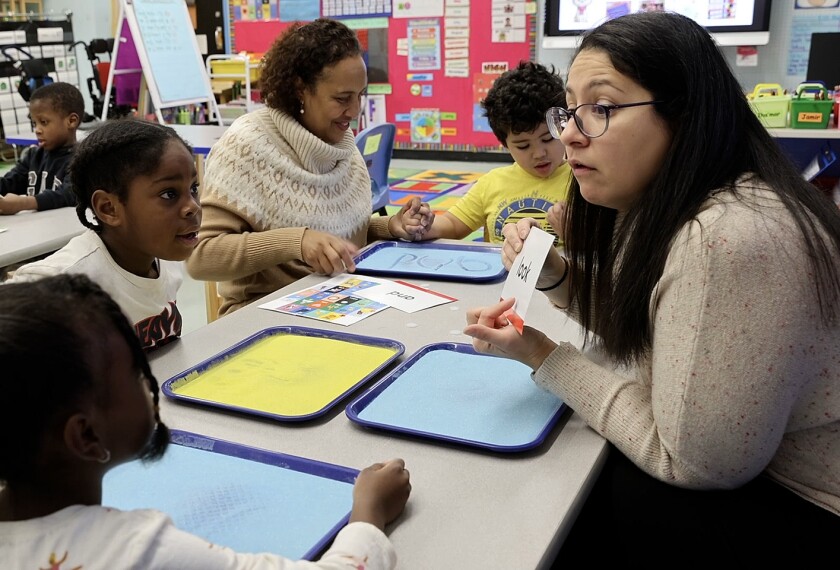The Texas Education Agency has told schools that they must provide services to all eligible students with disabilities and that they won’t be penalized for serving too many children, after the U.S. Department of Education ordered the state agency to end an 8.5 percent benchmark on special education enrollment.
The Houston Chronicle previously reported that schools began denying special education services to students after the state imposed the benchmark in 2004.
In a five-page letter, Penny Schwinn, the TEA’s deputy commissioner of academics, told schools that the agency eventually would end the benchmark. Schwinn also wrote that effective immediately, exceeding the 8.5 percent target would not “adversely affect” district performance levels or determinations about whether districts are audited.
But Schwinn also defended the policy, maintaining that it was not a “cap” on enrollment and did not seriously punish districts for failing to comply.
“It has been alleged that some school district personnel and others may have interpreted the [benchmark] to mean that districts are required to achieve a special education enrollment rate of no more than 8.5 percent,” she wrote. “This interpretation is incorrect."The letter followed through on a promise to the Education Department, which last month ordered the TEA to end the enrollment target and remind schools about the requirement to provide special education services to all children with disabilities.
Federal Order
The federal department’s involvement was prompted by an investigation by the newspaper that revealed the target and showed that the TEA had quietly implemented it while facing a $1.1 billion state budget cut and without consulting state lawmakers, federal officials, or any research.
No other state has ever set a target for special education enrollment.
Since the Texas policy took effect, the percentage of public school students in the state receiving services dropped from near the national average of 13 percent down to 8.5 percent—the lowest in the country.
Dustin Rynders of Disability Rights Texas accused the TEA of having no credibility on the issue because it “keeps trying to sell its preposterous story that the 8.5 percent indicator was not a cap or a goal ... while offering no explanation for why they awarded their best performance level to districts that served fewer than 8.5 percent of students.”




